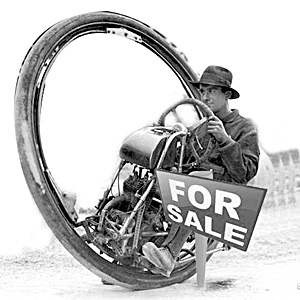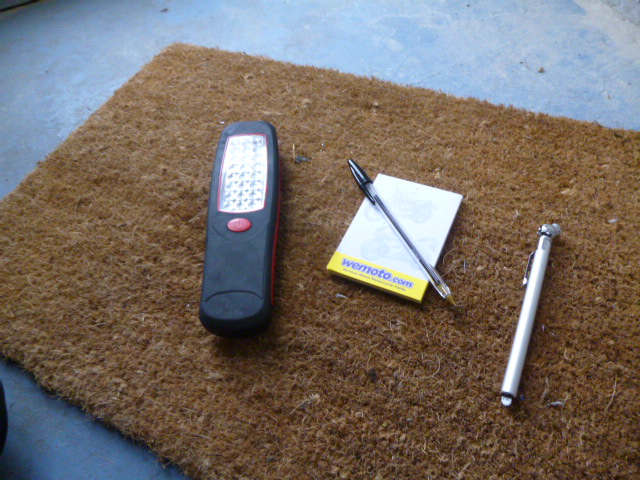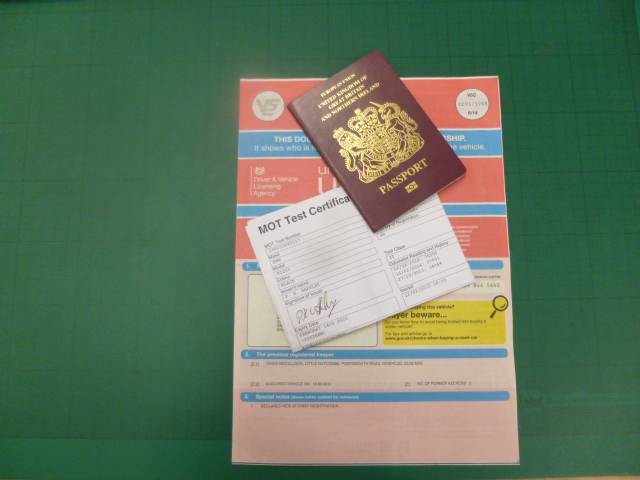How to buy a second hand bike
Insiders' Tips
We've all done it before: saw a bike we really liked the look of, arranged to view it, and got so caught up in imagining how perfectly it could slip into and improve our lives, that we've gone for it; only to find out later that it has a million and one problems, all of which we could have noticed earlier, if we'd only taken the time to think it through clearly.
It's so easy to get caught up in the excitement of buying a new bike, that often we forget to check the little details that make the difference in whether the bike really does work for us or not. With this in mind, I spoke to a member of the Wemoto team, Andy, whose organisation skills put even the world's best events planners to shame.
So, if you're planning on buying a new bike, have a read of Andy's tips. He could just help you save a few bob too...
Second Hand Bike Buying Guide – By Andy
1. Pre Viewing
1a. Buy local
I try to only buy bikes that are for sale within a reasonable distance from where I live. Reasons why:
- It's cheaper, as you won't have to hire transport to get there
- It's easier to walk away or haggle. (Put it this way: it'll be a lot more temping to buy the bike if you've travelled 500 miles to go and see it, as you are more reluctant to walk away empty handed).
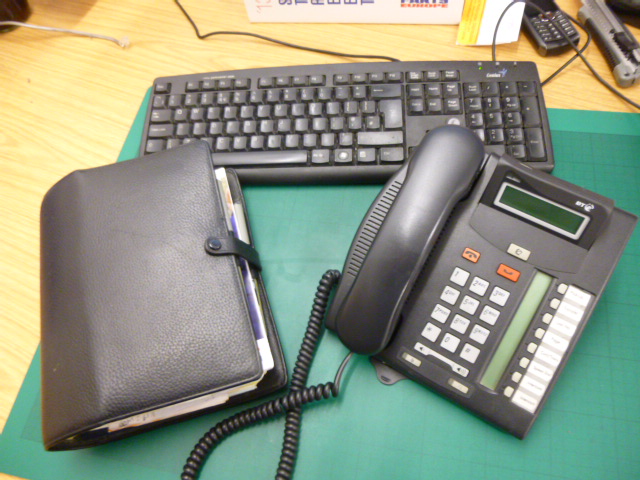
1b. Questions to ask before you go look at it:
- Who services the bike? Do they know what they're doing?
- Why are they selling? Are you buying someone else's problem?
- How long have they had the bike? If the answer is 'years', this is probably a good thing. If they've only had it for a while, why are they getting rid of it so quickly? Could there be problems they are not telling you about? Can you hear alarm bells ringing?
- What's the bike's MOT and service history?Ask to see receipts, for example, or handbooks that have been stamped to say it's been serviced. Do they have these documents?
- When you arrange to view it, can they avoid starting the engine for you? You'll want a cold engine so that you can see how it behaves starting up.
Wemoto Tip: I always decide what I'm willing to pay providing the bike is as stated in the ad. If this is lower than the asking price, I always check if they are willing to take a lower price before going to the viewing, else it might be a waste of both our time. “Will you take a lower price?” and “I only have £X, is it still worth me coming?” are both easy ways of addressing the situation, and they almost always work – well, for me anyway....
2. The viewing
Wemoto Tip: Test ride before you test ride. Finding a good example of the same bike, from a dealership, for example - giving it a test ride will allow you to have a better idea of how the bike should run in its best condition. You can then test ride the second hand bike, already equipped with a solid comparison.
2a. Things to take with you:
- Try to take someone with you, as they'll be able to help you check things and hopefully give you their advice if they know about bikes as well
- Something to kneel on
- A torch
- A tyre pressure gauge
- A foot pump
- A pad and pen
Wemoto Tip: Write down all your notes as you go, as this will provide you with better evidence for negotiating
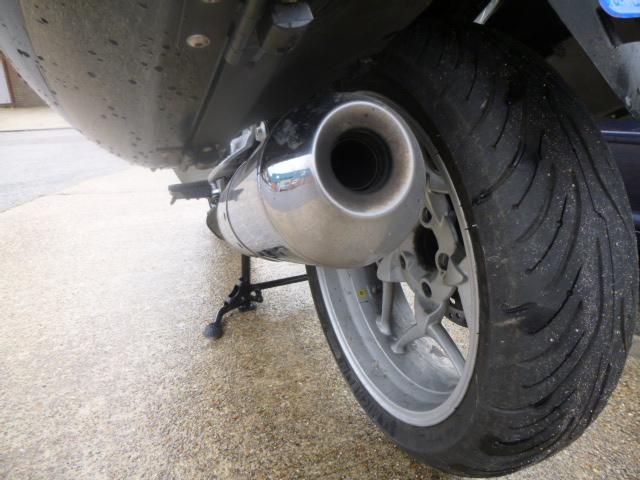

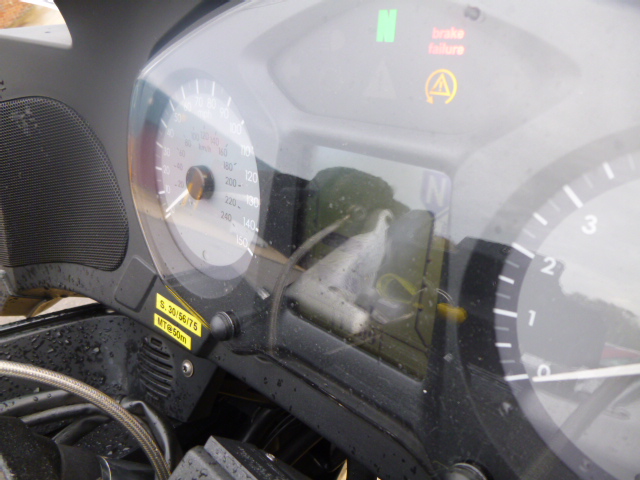
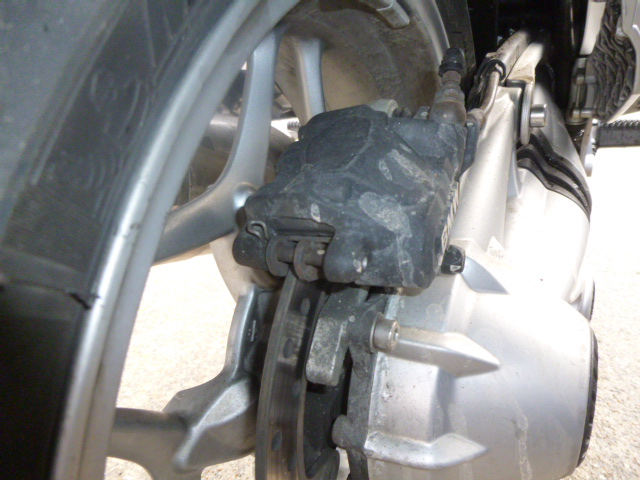
2b. Once at the viewing, here are some important things to check:
Wemoto Tip: I'm not saying that these would be deal breakers, necessarily, but it's always good to review the bike properly so that you know how much you're going to have to spend to get it back up to scratch. If these problems are stated in the advert, then you might still feel comfortable paying the amount you agreed over the phone; if some of these things are going to be costly, and they weren't obvious in the advert, this might give you a good reason to lower your offering price further.
- The head, wheel and swinging arm bearings for play
- The forks and shock(s) for leaks or rusty chrome and check...
- The damping
- The engine condition - this is where having your friend with you will come in handy. Ask them to start the bike, while you position yourself behind it to look at the exhaust(s). Upon start up, check for smoke from the engine. Black smoke is most probably going to be from fuel, and this can be fine; blue smoke, on the other hand, signals that the oil is burning, which could potentially be very bad
- Whether the exhaust leaks
- The water and oil levels
- Whether the lights, horn and buttons are working
- The condition of the tyres, including tyre pressure. It's always good to check this before the test ride, as you don't know how long the bike has been sitting losing pressure for, and low pressures can be dangerous and can make the bike handle oddly
- The wear on brake pads
- Whether the chain and sprockets are in a reasonable condition
- The front and rear discs
- Whether there's any damage to the ignition switch
- The level and condition of the brake fluid
- Whether the frame lock stops are okay – they are often the first things that get damaged in an accident and can be a very telling sign
- The bodywork and brackets for damage
- Whether there is a tool kit present – it's usually a good sign that the owner has been taking care of their bike, if it has a tool kit under the seat
Wemoto Tip: Not only does checking these things make you feel more confident in your purchase, it should also make the seller more confident in your knowledge. They'll be sure by now that you know your bit about bikes and, as a result, they'll probably be less likely to rip you off.
3. Test Ride
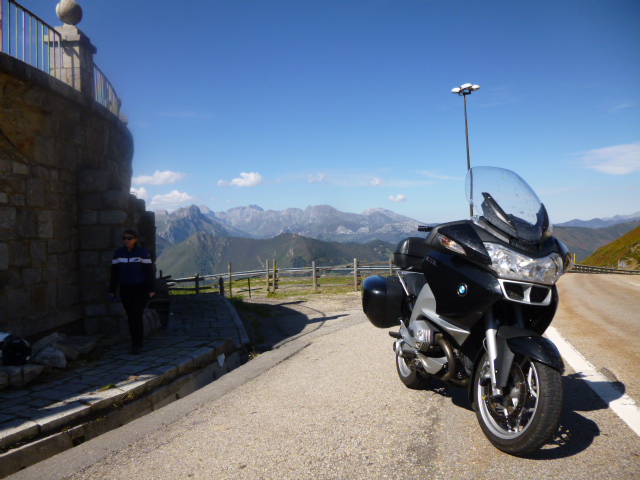
3a. Some things to check while test riding:
- Vary your ride, to see how the bike performs on a mix of roads, and try to include...
- A quiet straight stretch, so that you can try each gear out
Wemoto Tip: Hold the bike in each gear instead of changing up, close the throttle, and if there's something wrong with the bike, it may jump out of gear – goes without saying really, but you don't want this
- Ride around a few bends and check whether there is anything unusual. Does it handle okay?
- The clutch biting point and...
- The clutch slip
Wemoto Tip: Put the bike in a high gear and, going quite slowly – 30-40 mph, fully open the throttle and lightly slip the clutch. Check whether the revs rise, as this could be a negotiating point or a reason to walk away
- Whether the brakes pull and straight, and whether there is any warping
- Whether the engine smokes or burns. You've already done this before while the bike was stationary, but there's no harm in testing it again. Hold the bike in 2nd or 3rd gear at high revs, close the throttle and let the bike slow down. Whilst looking in the mirrors, fully open the throttle again. If the engine is worn, blue smoke may come out of the exhaust
- Whether all the instruments work
- Whether there is any noise from the gearbox, such as whining or clunking
4. Post test ride
You've found the bike you wanted, you've check its condition and you're happy with the test ride. You probably now have an idea of what you want to pay for the bike, whether that be asking price, or lower, depending on the work you're going to have to do to it. But before rushing in...
4a. Here's a few documents you might want to check:
- The mileage VS old MOTs – do they check out?
- Has there been any recent expenses?
- Are there any receipts for work done or parts bought?
- Does the engine/ chassis number match the V5 (reg doc)?
- Does the owner's details/ address match the V5? Check their passport perhaps
4b. Deal breakers
Lots of problems can be easily fixed and will only be used for negotiating a cheaper price. Sometimes you'll find problems that you'll want to avoid altogether. Here are a few:
- Engine/gearbox problems
- Damage to frame
- Chassis/ engine number do not match
- ID of owner is dodgy
4c. When happy with all this:
- Get a vehicle history check. They're not much money, usually about a tenner these days, and can be done over the phone.
- Check the bike has had no accidents and is has not been stolen (there's nothing worse than spending your hard-earned wages, only to have your bike confiscated by the police because the seller didn't own it in the first place)
- Offer your final price. This can be the same as the one you agreed on over the phone, or it could differ slightly, depending on how the condition of the bike matches the seller's advert. If there were any problems with it, the notes you took should help to provide better evidence
New Bike - Happy Riding
Hopefully this guide has given you a few things to think about when buying your next second hand bike. If you have any tips that you'd like to share with us, email them to
[email protected], and we'll add them in.
Comments
27/11/15 This is incredibly thorough! Several of these I wouldn't have thought of.
27/11/15 I normally just say I WANT IT, HOW MUCH? DONE!!!!
29/11/15 Best tip, buy a dirt bike or a sports bike. If they don't race them the manufacturers cut corners and compromise on everything and rarely update.
29/11/15 Ask to see the MOT certificates, if there are any advisories ask to see receipts to prove the faults have been rectified. Also, ask to see the V5 and check that you are viewing the bike at the owner's address, also make a note of the previous owner's details, and how long the seller has owned the bike. I did this with a car once, called the previous owner and discovered that the seller had clocked it by 80,000 miles!
30/11/15 Take a mate,they won't be wearing rose tints
